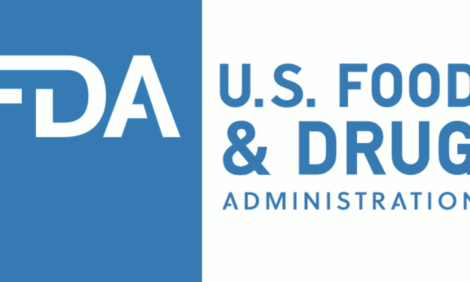



International Egg and Poultry Review
By the USDA's Agricultural Marketing Service - This is a weekly report looking at international developments concerning the poultry industry, this week looking at Argentina’s Poultry Industry.
Argentina’s Poultry Industry
Argentina's 2004 exports of poultry and poultry products increased 47
percent in volume and 58 percent in value when compared to 2003.
January - June 2005 chicken meat exports rose 61 percent in volume
and 68 percent in value, when compared to the same period in 2004.
In 2004, the presidents of China and Argentina signed agreements
dealing with investment and agriculture, among other things. China
indicated it would invest $20 billion in Argentina over the next 10 years.
China also signed meat quarantine protocols with Argentina. China’s
Animal Quarantine Inspection Service (AQSIQ) recently completed a
round of plant inspections and approved 11 poultry plants to begin
shipments to China. These plants can now export poultry meat for direct
retail sales.
In 2004, after China banned poultry from Thailand, the U.S. and Canada
due to outbreaks of AI, Argentine chicken exports (whole, parts, byproducts)
to China grew by 71 percent to 18,734 MT. Argentina’s share of
broiler exports to China went from 1 percent for the first 11 months of
2003, to 25.8 percent for the same period in 2004.
This year inflation could surge above 10 percent for the first time in
two years. This March the government signed pacts with
supermarkets and producers to control prices for 90 days. Poultry
companies agreed to cap the price of eviscerated chicken at 2.70
pesos per kilogram at wholesale, which would result in a maximum
consumer price of 3.80 pesos/kg. In July the poultry industry agreed
to another 90 day wholesale price cap at 2.70 peso/kg and the
government requested supermarket owners maintain price levels
and resist raising prices.
Source: Argentina Secretario de Agricultura, Granaderia, Pesca y
Alimentos; USDA/FAS; www.sagpya.gov ar, news wires
Avian Influenza in Russia
Russia's Ministry of Agriculture and Food reported outbreaks of avian
influenza in private farms in the districts of Kupino, Dovolnoye and
Chistoozernoye in the west Siberian province of Novosibirsk had
been confirmed on July 23, 2005. The first signs of a poultry disease
were when large numbers of geese, chickens, ducks and turkeys
began dying. Highly Pathogenic Avian Influenza, H5N1, is suspected.
Russia tightened the sanitary and epidemiological control of poultry
farms in the region and the regional governor imposed a quarantine
in four western districts on July 29. On August 1, Valeriy Mikheyev, the
region's chief public health official, said all poultry in the 13 populated
areas in the west of the region will be slaughtered beginning
August 2. A ban was imposed on the transportation of birds, bird
products and feed for domestic birds out of the affected districts. Up
to 50 percent of poultry supplies are exported from Eastern Siberia.The
additional sanitary controls are expected to increase prices more
than 10 percent.
Russia has monitored flu virus in migrating birds for the last four
years. Isolated of avian influenza virus subtypes H1, H3, H4, H5 and
H8 have been obtained from previous samples. This is the first outbreak
of H5N1 in poultry.
Source: Office International des Epizooties (OIE) and news wires.
To view the full report, including tables please click here
Source: USDA's Agricultural Marketing Service - 2nd August 2005








